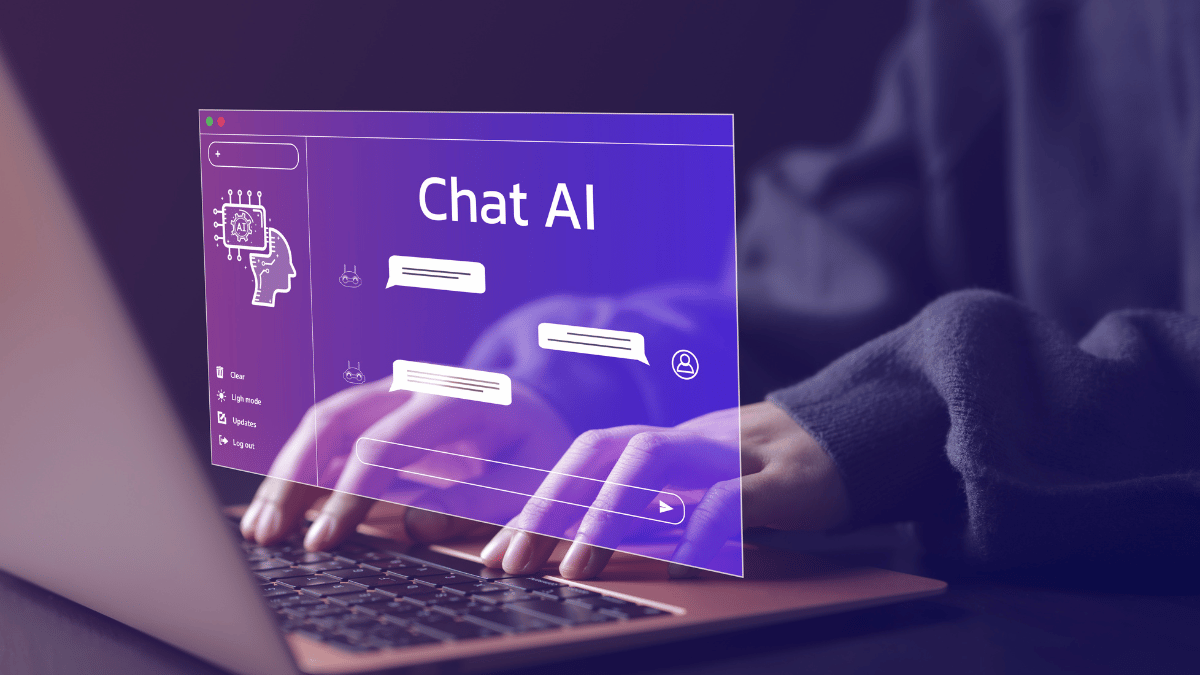How Massage Therapists Can Use AI
May 17, 2024

AI brings with it the promise of simplifying our lives, but as with any new technology, there is bound to be a learning curve in order to discover how people in specific careers can leverage it for maximum benefit. To this end, we’ve compiled a list of how massage therapists can best use AI to help improve client outcomes, streamline business tasks and reimagine some of their marketing efforts.
3 Ways Massage Therapists Can Use AI to Improve Client Outcomes
1. Conduct More Thorough Client Assessments: AI-powered tools can assist massage therapists in conducting more thorough client assessments. AI can analyze a vast amount of research and clinical data to suggest optimal massage techniques, sequences, and durations for specific conditions or injuries. By considering factors such as client preferences, medical history, and desired outcomes, AI systems can provide therapists with evidence-based recommendations to inform their treatment decisions.
2. Create Immersive and Interactive Experiences: AI can be combined with Virtual Reality and Augmented Reality technologies to create immersive and interactive experiences for clients during a massage session. Virtual environments can be designed to induce relaxation, reduce anxiety, or simulate specific settings that enhance the therapeutic benefits of the massage.
3. Facilitate Remote Consultations: AI-powered communication platforms can facilitate remote consultations between massage therapists and clients. Therapists can assess clients' needs and demonstrate self-massage techniques through video calls. AI algorithms can also analyze video recordings of client movements or posture and offer feedback and corrective exercises.
7 Ways Massage Therapists Can Use AI to Improve Business Management
1. Online Booking and Scheduling: AI-powered chatbots or virtual assistants can handle online booking and scheduling tasks, allowing clients to easily book appointments, inquire about availability, and receive automated reminders. AI can optimize scheduling based on therapist availability, client preferences, and historical data, reducing scheduling conflicts and improving overall efficiency.
2. Client Relationship Management: AI can assist in managing client relationships by analyzing client data, including preferences, past treatments, and feedback. This information can be used to personalize communication, send targeted marketing messages, and provide tailored recommendations for future appointments. AI-powered systems can automate follow-up emails, satisfaction surveys, and referral programs, fostering client loyalty and retention.
3. Marketing and Social Media: AI can analyze data from social media platforms, website analytics, and customer interactions to provide insights on target audiences, trends, and effective marketing strategies. This information can help massage therapists create targeted campaigns, optimize advertising spending, and identify content that resonates with their client base.
4. Business Analytics and Reporting: AI can process financial data, appointment records, and other business metrics to generate comprehensive reports and insights. This allows massage therapists to track key performance indicators, identify trends, and make data-driven decisions for optimizing their business operations. AI algorithms can highlight patterns in client preferences, peak booking times, or popular services, helping therapists refine their offerings.
5. Revenue Management: AI can assist in optimizing pricing strategies by analyzing factors such as demand, seasonality, competitor pricing, and customer behavior. By considering these variables, AI algorithms can recommend pricing adjustments to maximize revenue and occupancy rates, particularly during off-peak times.
6. Inventory Management: For massage therapists who offer retail products, AI can help in inventory management by analyzing historical sales data, predicting demand patterns, and suggesting optimal stocking levels. This minimizes the risk of overstocking or running out of popular items, ensuring that therapists have the right products available when needed.
7. Data Security and Privacy: AI can be employed to enhance data security and protect sensitive client information. AI-powered systems can detect and alert therapists of potential security breaches or unauthorized access attempts, as well as ensure compliance with privacy regulations.
It is important to remember that as useful as AI can be, it still has its limitations. Additionally, it is being changed and updated all of the time. Massage therapists should look at AI solutions as a way to enhance and simplify their practice, not run it for them.
Mayo Clinic Explores Possibility of AI Massage Therapy Robots
Doctors and researchers at Mayo Clinic in Rochester, Minnesota are currently exploring the possibility of using robots to provide massage for patients to alleviate staffing shortages and time constraints.
The robot being studied is dubbed EMMA (expert manipulative massage automation) and is designed to give a form of massage called Tuina. According to Mayo Clinic, EMMA’s AI system uses sensors to measure muscle stiffness and calculate the acupoints in each person’s body.
The goal is not to replace massage therapists with robots. Instead, robots like EMMA will help to relieve the massage therapists of having to do the heavy lifting and repetitive work during the massage. Massage therapists would still do the majority of the assessment and positioning. Currently, the study is trying to determine if Tuina is a good treatment for people with chronic low back pain.
We Want To Hear From You!
AMTA continues to keep a pulse on how AI is impacting the massage therapy profession. We invite all massage therapists to share how you may be using AI by emailing us at communications@amtamassage.org. We plan to stay at the forefront of the conversation and hearing from voices in the profession helps make this possible. Stay tuned for future stories on how AI is influencing the massage therapy industry.